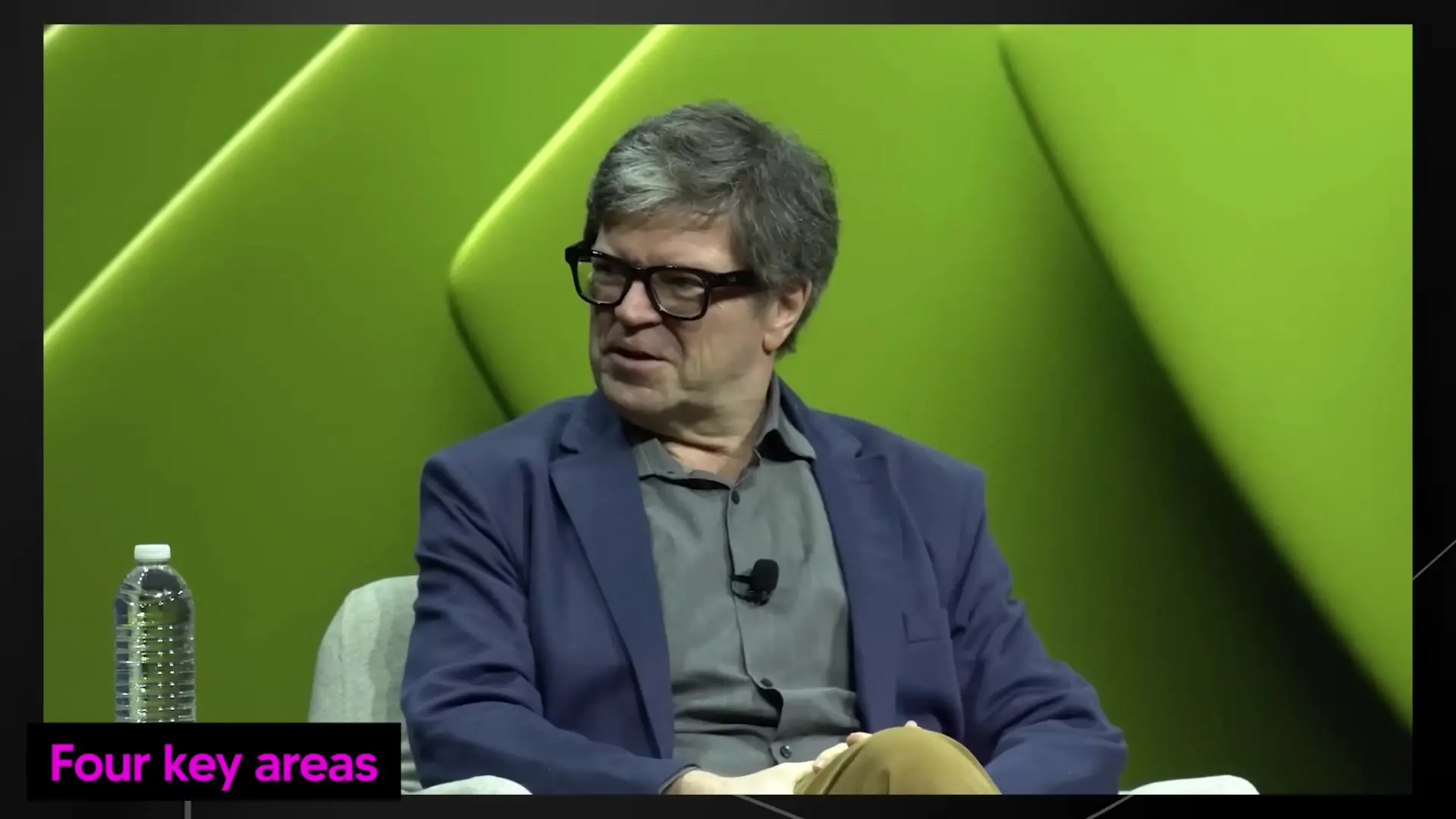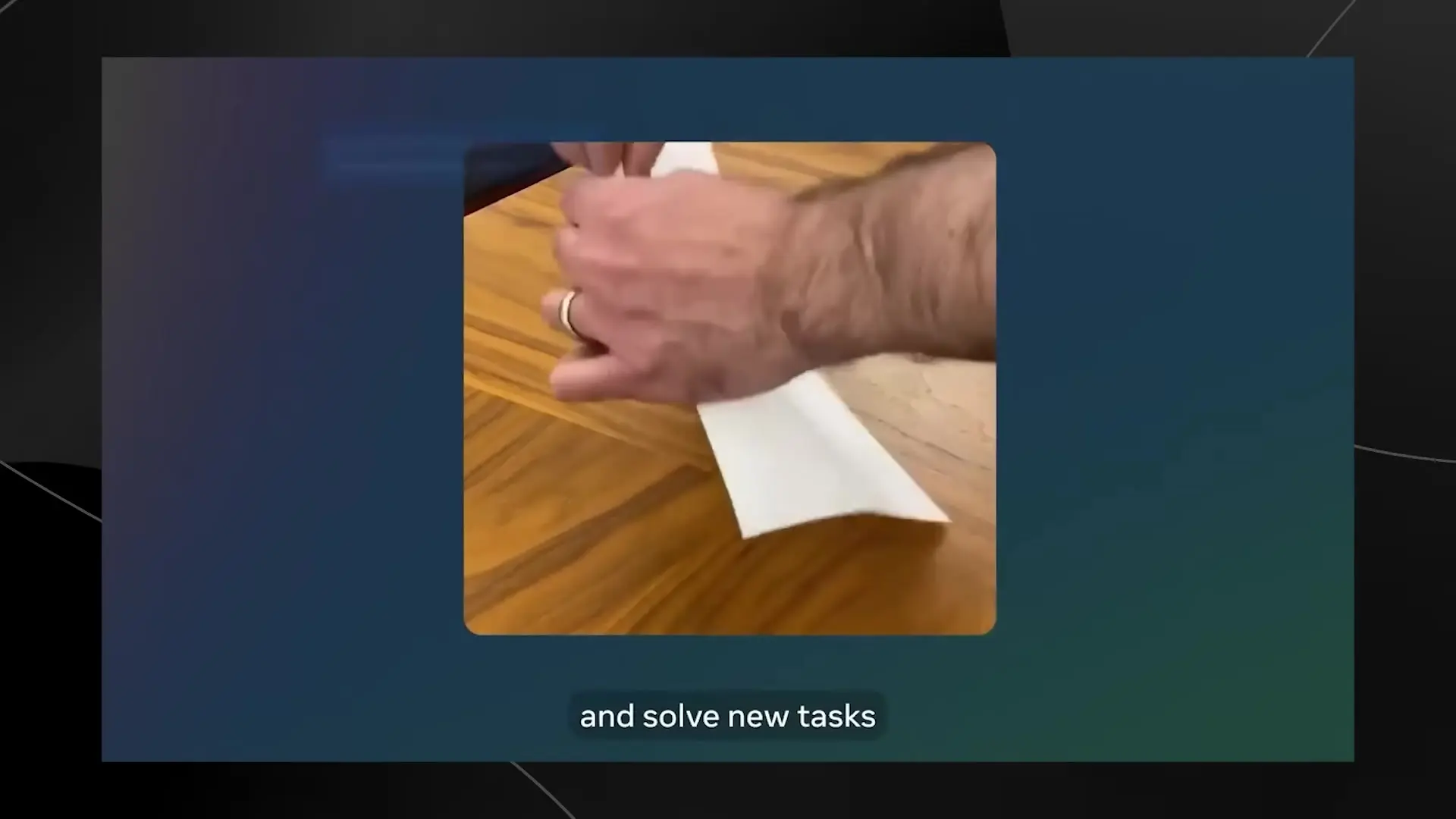
In a statement that sent ripples through the AI community at Nvidia GTC 2025, Meta's AI chief Yann LeCun declared, "I'm not so interested in LLMs anymore." Coming from one of the godfathers of AI research with decades of expertise, this revelation signals a potential paradigm shift in how industry leaders view the future of artificial intelligence beyond the current Large Language Model hype cycle.

Why Meta's AI Chief Is Moving Beyond LLMs
According to LeCun, Large Language Models have reached a point of diminishing returns. "They're kind of the last thing they are in the hands of industry product people... improving at the margin, trying to get more data, more compute, generating synthetic data," he explained. While LLMs have dominated AI headlines and development resources, LeCun believes they've become optimization problems rather than fundamental research challenges.
This perspective aligns with Meta AI's strategy shift for 2025 and beyond. Rather than continuing to pour resources into incremental LLM improvements, LeCun outlined four specific areas he finds more intellectually stimulating and potentially more transformative for artificial intelligence.
The Four Focus Areas Beyond LLMs
LeCun identified four critical domains that represent the frontier of AI research and development:
- Understanding the physical world: Developing AI that can comprehend and interact with real-world physics and environments
- Persistent memory: Creating systems that can maintain and build upon knowledge over time
- Advanced reasoning capabilities: Moving beyond the simplistic reasoning approaches currently used in LLMs
- Planning abilities: Enabling AI to formulate and execute complex multi-step plans
These areas represent what LeCun describes as "things that a lot of people in this community in the tech community might get excited about five years from now, but right now don't look so exciting because they're in some obscure academic paper."
The Limitations of Token Prediction for Real-World AI
A central theme in LeCun's critique of current LLM architecture is the fundamental limitation of next-token prediction when applied to the physical world. While this approach works well for text, LeCun argues it falls short when attempting to understand and interact with physical reality.

"Tokens are discrete," LeCun explained. "In a typical LLM, the number of possible tokens is on the order of 100,000 or something like that." This discrete nature creates fundamental problems when trying to model the continuous, high-dimensional data of the physical world.
To illustrate this limitation, LeCun offered a compelling example: "If I take a video of this room and I pan a camera and I stop here and ask the system to predict the continuation of that video, it's probably going to predict it's a room and there's people sitting... but there's no way it can predict what every single one of you looks like. That's completely unpredictable from the initial segment of the video."
This unpredictability creates a fundamental problem for current architectures. "If you train a system to predict at a pixel level, it spends all of its resources trying to come up with details that it just cannot invent. And so that's just a complete waste of resources," LeCun noted.
World Models and Meta's Alternative AI Architecture
At the heart of Meta's new AI direction is the concept of world models - internal representations that allow for understanding and manipulating thoughts about the physical world. LeCun emphasizes that humans develop these models in the first few months of life, enabling us to interact with and understand our environment.
"We have a model of the current world. You know that if I push on this bottle here from the top, it's probably going to flip, but if I push on it at the bottom, it's going to slide," LeCun explained, demonstrating how humans intuitively understand physics without explicit language-based reasoning.
This approach requires fundamentally different architectures than current transformer-based LLMs. LeCun suggests that proper AI reasoning should happen in an "abstract mental state that has nothing to do with language," similar to how we can mentally rotate a cube without using words.

Meta's VJA Architecture: The Post-LLM Solution
LeCun revealed that Meta is developing a promising alternative to transformer-based LLMs with its VJA (Vision-Joint-Architecture) framework. According to LeCun, the upcoming version 2 is showing the most promising results of any model so far in addressing the limitations he outlined.
Rather than focusing on token prediction at the pixel level, the VJA architecture works at the representation level - learning abstract representations of images, videos, and natural signals that allow for predictions in an abstract representation space.
This approach aligns with what LeCun calls "joint embedding" architectures, which don't attempt to reconstruct data at the pixel level but instead learn abstract representations that capture the essential information needed for understanding and reasoning.
Implications for the Future of AI Development
Meta's strategic shift away from LLMs toward these four focus areas signals a potential inflection point in AI research and development. While companies like OpenAI, Anthropic, and others continue to push the boundaries of what's possible with large language models, Meta appears to be laying groundwork for what might become the next dominant AI paradigm.
This approach aligns with Meta's broader AI strategy for 2025, which emphasizes building more capable AI systems that can understand and interact with the physical world, maintain knowledge over time, and demonstrate more sophisticated reasoning and planning abilities.
Conclusion: The Post-LLM AI Era
Yann LeCun's declaration that he's no longer interested in LLMs represents more than just a personal preference - it signals Meta's broader strategic vision for artificial intelligence that moves beyond the limitations of current architectures. By focusing on understanding the physical world, persistent memory, advanced reasoning, and planning capabilities, Meta is positioning itself at the forefront of what could become the next major phase in AI evolution.
As the AI landscape continues to evolve, Meta's shift beyond LLMs suggests that while large language models have dominated recent AI development, the future may belong to architectures that can better understand and interact with the physical world through more sophisticated world models and reasoning capabilities.
Let's Watch!
Meta AI's Shift Beyond LLMs: 4 Key Focus Areas for the Next AI Revolution
Ready to enhance your neural network?
Access our quantum knowledge cores and upgrade your programming abilities.
Initialize Training Sequence